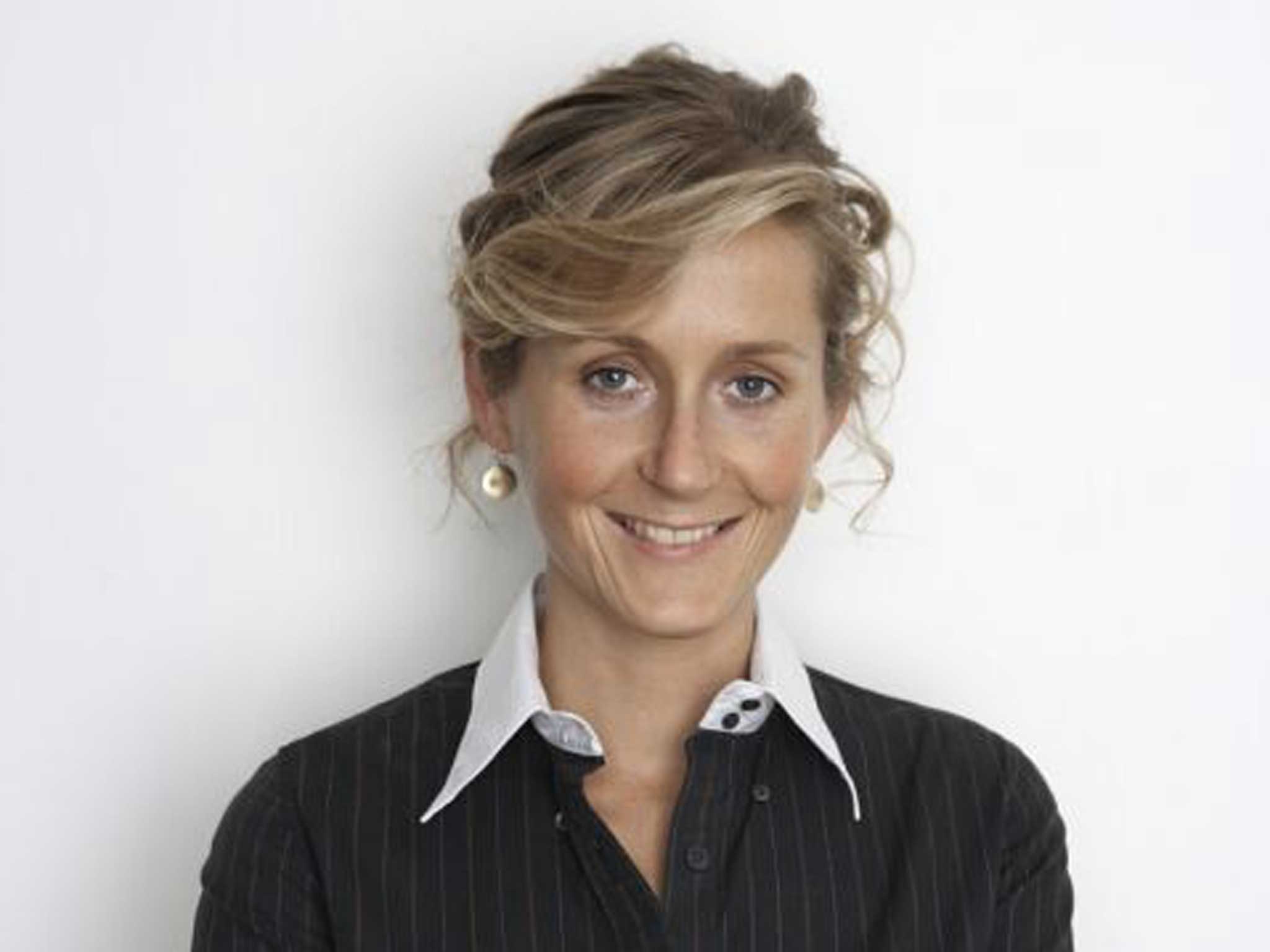Who’s Who becomes ‘She’s She’ as more women than ever enter the society directory
Matthew Bell and Jonathan Owen turn the pages

With its Ronseal title and bright red cover, Who’s Who usually does exactly what you would expect. But now, for the first time in the 116 years of this annual index of influential people, more than one in four new entrants is female. Women make up 27 per cent of the 2014 intake, up from 23 per cent this year. How you interpret that figure depends, perhaps, on your aspirations for feminism.
Ros Ellis, a spokesman for Who’s Who publisher, A&C Black, says the trend is “encouraging”, and calls the rise a positive reflection of social changes and “the advancement of women in all occupation sectors”. But when you consider that Who’s Who is compiled by invitation, you might ask why they don’t just invite more women. “Who’s Who reflects society rather than shapes it,” she says.
One of the youngest of the 1,048 new entrants is the violinist Nicola Benedetti, 26, a former BBC Young Musician of the Year. Then there’s actress Ruth Wilson, 31, and the entrepreneur Baroness Lane Fox of Soho, 40. The average age of entrants remains at 52, as it has been every year since 2008, with the exception of 2011, when it dipped to 50, possibly because of all those young MPs after the 2010 election.
The directory operates on vaguely meritocratic principles, though it is also bluntly elitist. The editor of the 1897 edition wrote in his preface that Who’s Who seeks to recognise people whose “prominence is inherited, or depending on office, or the result of ability which singles them out”. That remains the guiding principle. Holders of British hereditary titles automatically get an entry (10 per cent of total listings), while MPS, senior judges and civil servants are invited as a matter of course.
Beyond that, a selection board meets to discuss new entrants who can, in theory, come from any background, but such is the high esteem in which the book is held that some sharp-elbowed types have suggested themselves. In the early 1970s, the Rolling Stones bizarrely sought official recognition by sending a barrow of flowers to the office.
“Some hopefuls bombard us with letters solicited from as many eminent friends as they can muster,” said Ellis. “We’ve had people send their CVs, and even phone up to ask how their ‘application’ is going.”
This year’s intake also reflects the continuing influence of Britain’s leading public schools, with 34 new entrants from Eton, more than any other school, followed by 11 from Winchester, and eight from Westminster. Oxford University produced 162 new entries and was pipped only by Cambridge graduates (168). The book principally recognises British talent, with 908 of the 1,048 entries from these islands. The country with the next biggest intake is Australia with 22, then the US, with 12.
Entries are short biographies which list dates and achievements, so the most revealing data is often what entrants list under “recreations”. Among 2014’s more unusual are “resisting Torschlusspanik”, (literally a “gate-closing panic” in German – anxiety that your life is passing you by), from writer Richard Davenport-Hines, and “annoying judges” from Mark Wonnacott QC.
Subscribe to Independent Premium to bookmark this article
Want to bookmark your favourite articles and stories to read or reference later? Start your Independent Premium subscription today.

Join our commenting forum
Join thought-provoking conversations, follow other Independent readers and see their replies